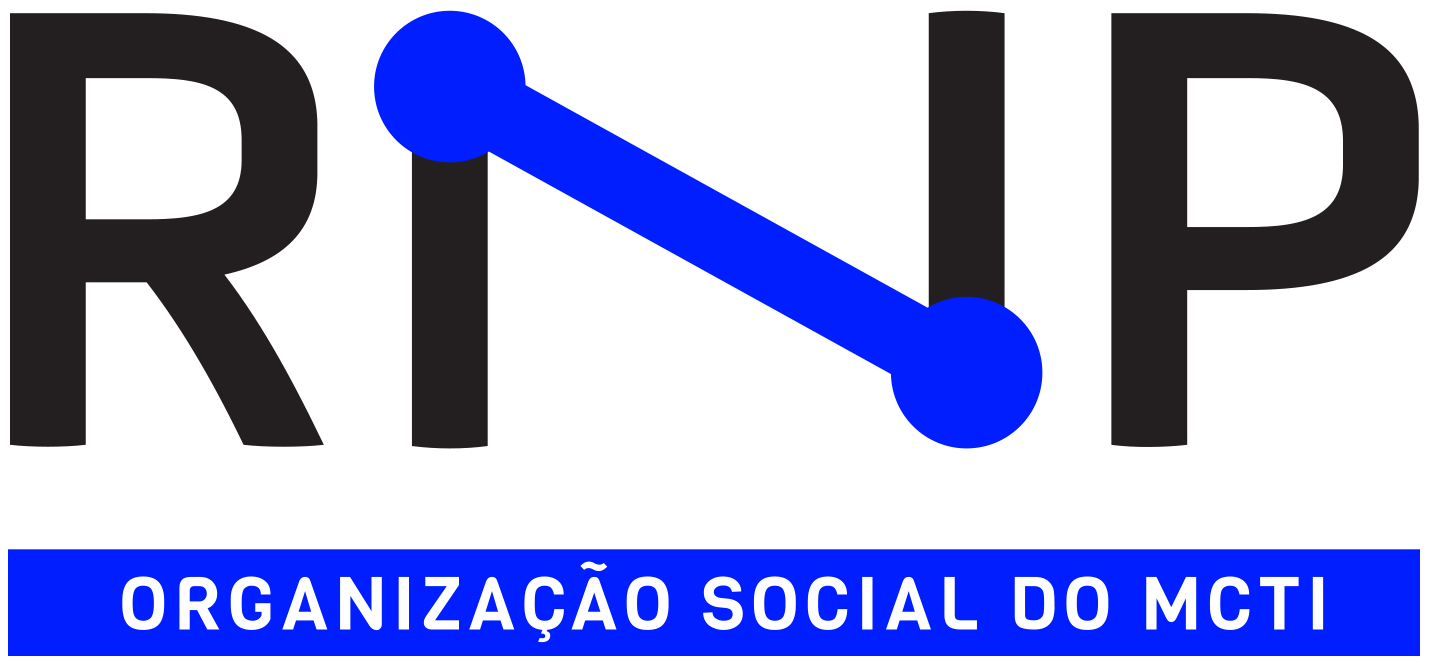The perfSONAR collaboration aims to develop, deploy, and promote the adoption of the perfSONAR software suite in support of federated, interoperable network performance monitoring across research and education (R&E) networks around the globe. The collaboration seeks to grow perfSONAR in both deployment footprint and capabilities to be the ubiquitous, indispensible performance monitoring framework for R&E networks.
The perfSONAR collaboration seeks to achieve these aims in a fashion consistent with the following principles:
-
Stakeholders - perfSONAR should be responsive to the needs of its stakeholders, defined to include the CIOs of major research universities, the CIOs of national research labs (e.g. FNAL, CERN), the senior leadership of regional networking organizations and national research and education networks (NRENs).
-
Customers - perfSONAR should support the implementation and operation of networks that support domain scientists in data intensive science disciplines (e.g. high energy physics, climatology, genetics, etc.), network researchers, and education.
-
Philosophy - perfSONAR should be developed via an open, transparent, community-driven process that includes formal requirements gathering, is responsive to the needs of the major stakeholders, and includes direct engagement by the senior leadership of organizations contributing resources to the development of perfSONAR software.
-
Implementation - perfSONAR is an open source project designed to develop software that works in a real operational environment, to facilitate network research, and to permit technology transfer to commercial organizations. The software licensing terms for the software are specifically intended to be non-coercive (i.e., “all carrot, no stick”).
-
Usability - perfSONAR is intended to make it easy to set appropriate performance expectations, notice performance problems, and diagnose the causes of such problems in as transparent a fashion as possible. The framework should be easy to install, configure, and support for end users, network operators, and virtual organizations (scientific collaborations including participants from universities around the globe).
